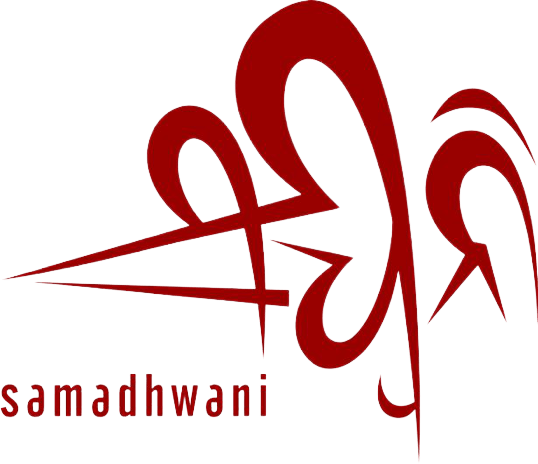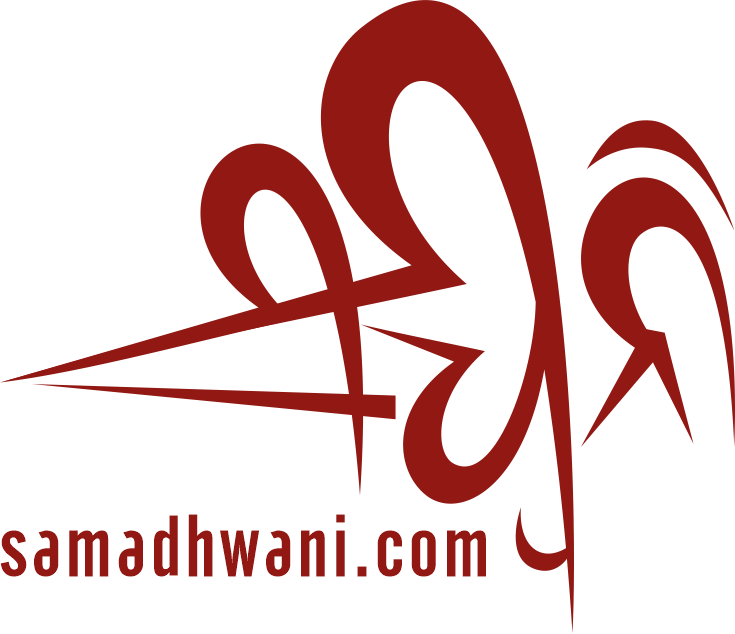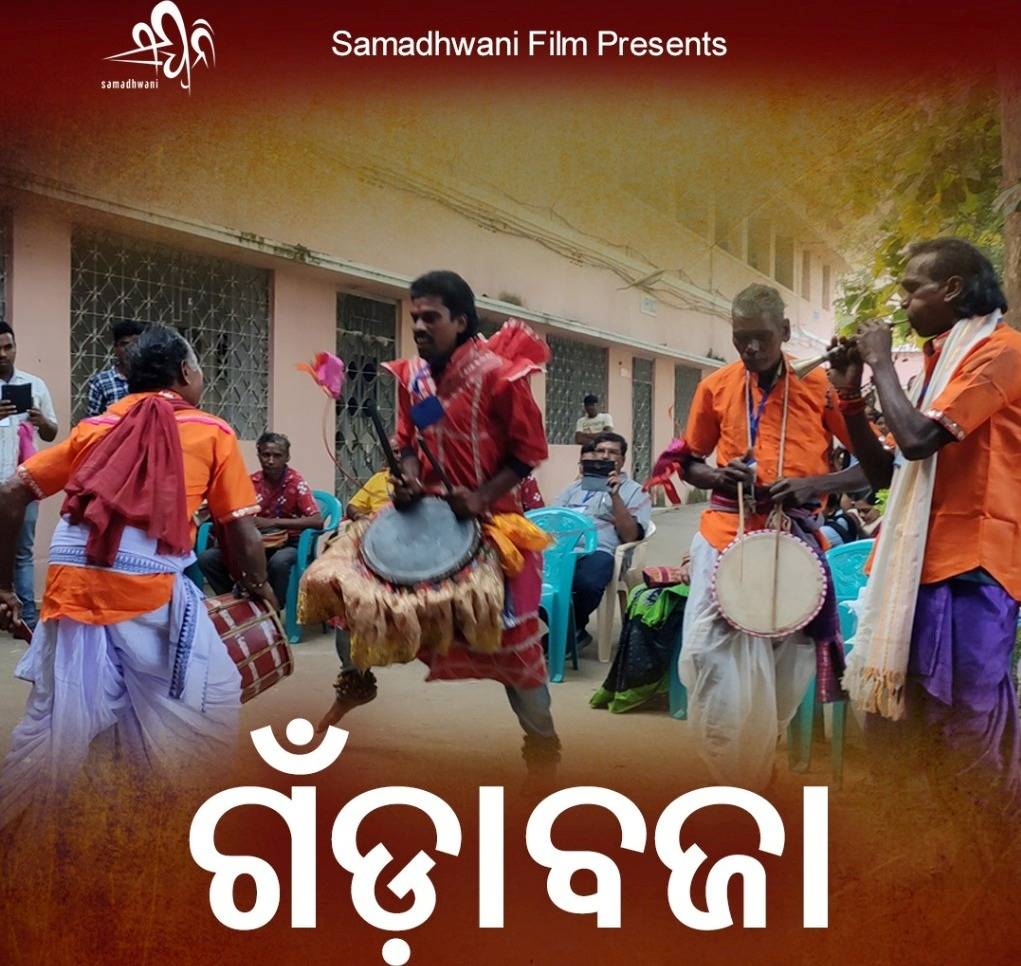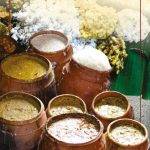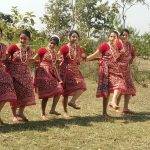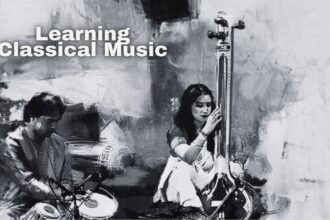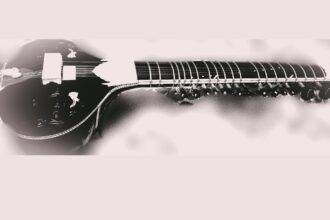The tribal and Dalit communities in Odisha do offer a unique variety of musical forms very close to their tradition and cultures. Though they have lived a marginalized life all through history and their right to live with dignity has been assaulted at every stage of history, their musical traditions have survived the test of time and have been used and are being used now also by the well-off middle class. Ganda Baja of Western Odisha is one such category of folk musical tradition, which is going through a very challenging time. The Gandas/Doms/Panas/Hadis, broadly known as Ganda (a Dalit community), have cultivated for centuries a distinctly different group of musical instruments (Dhol, Nissan, Tassa, Muhuri, and Timkidi/Jhumka), which are performed together in festivals of Western Odisha and which also are used as accompanying instruments in group musical and dance programs. Ganda Baja is an essential part of almost all rituals of tribal and Dalit communities in which they propitiate and worship Mother Earth as the sole Provider and Saviour in various forms.
A Ganda Baja troop consists of a minimum of five members having different cultural talents. They are Muhuria (the person who plays the muhuri), Dhulia (the person who plays the dhol), Taslia (the person who plays the tassa), Nisnia (the person who plays the Nissan), and Timkidia/ Jhumkia (the person who plays the timkidi/jhumka). However, a six-member troop (with two Nisnias playing two separate Nissans) is considered a sound quorum for the group. The members have learned this art form from their forefathers. They traveled together and performed with them since childhood. The social stigma of Untouchability associated with the community forced the new generation to adopt the artistic livelihood to sustain themselves. So they learn this art form from their family as a livelihood skill.
Realizing the fact that this unique cultural tradition is facing extinction due to a host of social, economic, and political reasons, and as the young generation is hesitant to practice this form because of its associated ‘caste identity,’ we Samadhwani Team feel the necessity to create awareness among the Ganda community regarding the preservation and practice of this rare musical form. This documentary film is part of that campaign.
